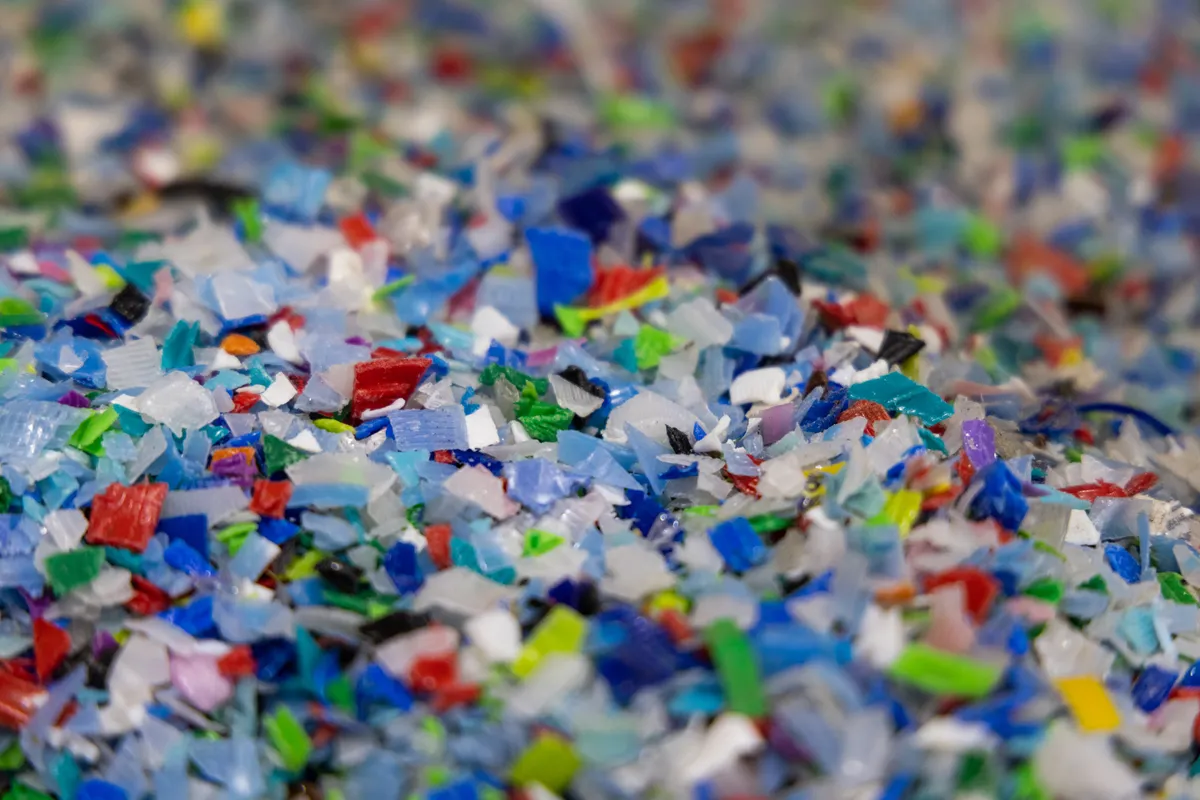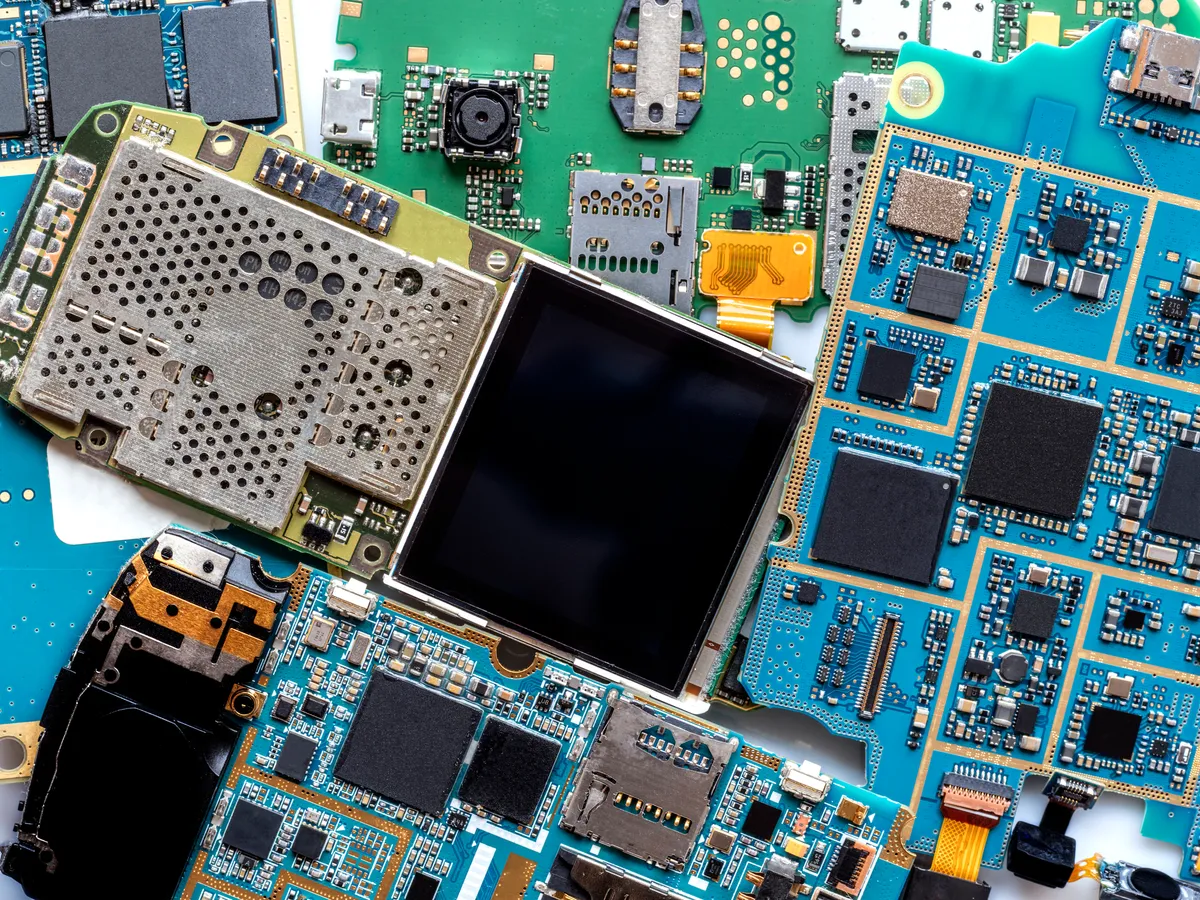Whether it’s a new smartphone, speaker, laptop or even a pair of running shoes, the daily products we use are slowly getting more green, with companies finding little ways to improve their carbon footprint.
For example, companies are now using recycled materials in products, sourcing parts from more sustainable options, and even removing chargers, cables and extra parts from your smartphones and devices. But are these changes helping reduce environmental impact?
We spoke to Josh Lepawsky, a professor at Memorial University of Newfoundland, to find out. Lepawsky researches the geographies of modern waste, studying the e-waste that comes from discarded electronics.
Closing the circle
When it comes to the use of recycled materials in consumer technology, Lepawsky sees a few reasons for it. “It can be to do with reputation and brand management, but also real concerns about being more material- and energy- efficient,” says Lepawsky.
“It’s important to give companies some credit, but also approach their claims with some suspicion. A big reason companies tout their use of recycled materials is because there is clear consumer demand for these products.”
Whatever the reason a company decides to make this change in materials, it is unclear how much of a difference it makes to the overall waste and pollution problems. Even with marginal improvements, these can quickly be offset.

“There is a phenomenon known as the Jevon’s Paradox where, as machines become more efficient, the resource consumption actually increases rather than decreases. This is because it becomes cheaper to run a machine so the company can afford to run them for longer,” says Lepawsky.
While this theory is based around machinery that used coal, the theory continues into the modern day. There can be a temporary improvement reducing the amount of energy going through a system, but these gains are always temporary as demand soaks up any gains.
For these companies to improve in their energy efficiency and effect on the environment, it would require a complete change in business. “Companies have to find ways to reduce the throughput of energy and materials over longer and longer periods of time. That requirement is in contradiction to a model based on growth.”
Around the world, but especially in Europe, there is a growing discussion on circular economy in technology, keeping parts in the cycle for as long as possible and recycling parts back into the production process.
“There is talk of materials that go out as products coming back into the manufacturing process. But if the circular economy is growing, it’s still more energy and materials moving through the system, even if they are coming back into the manufacturing process."
There are however some companies that have committed to being more environmentally-friendly with their materials. The phone company Fairphone has received awards and certifications on sustainability and repairability, and secured the Fairtrade gold standard for sustainable material usage.
Other companies like Dell, Samsung and Apple are also moving in the right direction, reducing packaging and reusing materials to reduce waste. While it is impossible to know if this is for the company’s sake or the environmental impacts, “It doesn't really matter what the intent is. It's important to look at the effects.”
The role of the consumer

In the past, repairing a device has meant taking it to a shop or shipping it off to get sorted at a high cost. However, recently there has been a push, especially in Europe, for a concept known as the right to repair.
This concept pushes for users to freely repair products in case of damage or mechanical issues. Some companies like Apple and Samsung will now even send kits to help users in this process. While this is an important change in the process, Lepawsky warns against a reliance on it.
“It’s important to look at the balance of power between a brand and consumer. The brand wields most of the power with their global supply chains, but we’re all part of the equation,” says Lepawsky.
“However, while the right to repair can be important harm reduction, it is a mistake to rely on it. Most of the pollution has happened before the user even gets a device. The magnitude of difference between a consumer extending the life of a product and the damage that is already done don’t match up.”
The future of e-waste
The need to bolster the use of recycled materials and complete the circular economy in tech is increasing each year. Humans generated 57.4 million tonnes of electronic waste in 2021 alone, weighing more than the entire Great Wall of China.
This paired with global shortages has put a strain on the cost and ability to get materials that are needed to make our daily tech products.
However, Lepawsky explains that it is important to not focus too much on the end result, but rather the pre-consumer stage.
“When you focus on the e-waste at the end of the picture, it blocks out what, in my view, is far more important, and that’s the uptick in mining and manufacturing. These are causing far more issues to the environment than consumers getting rid of their smartphones.”
About our expert, Josh Lepawsky
Josh is a professor in the Department of Geography at the Memorial University of Newfoundland. He researches modern waste and the traffic of electronic waste.
Read more:
